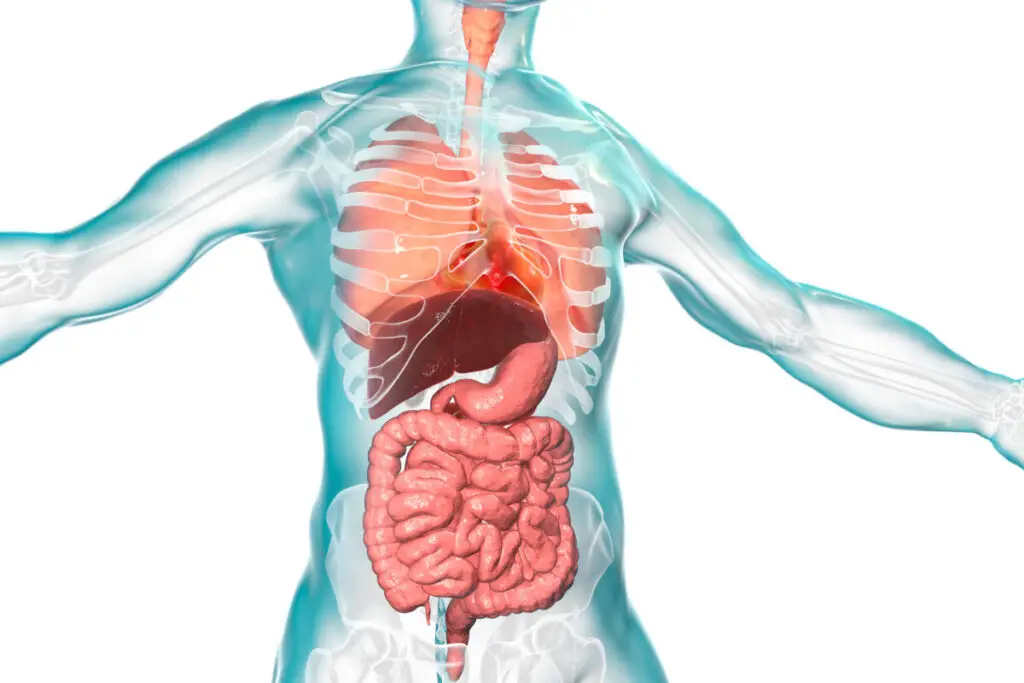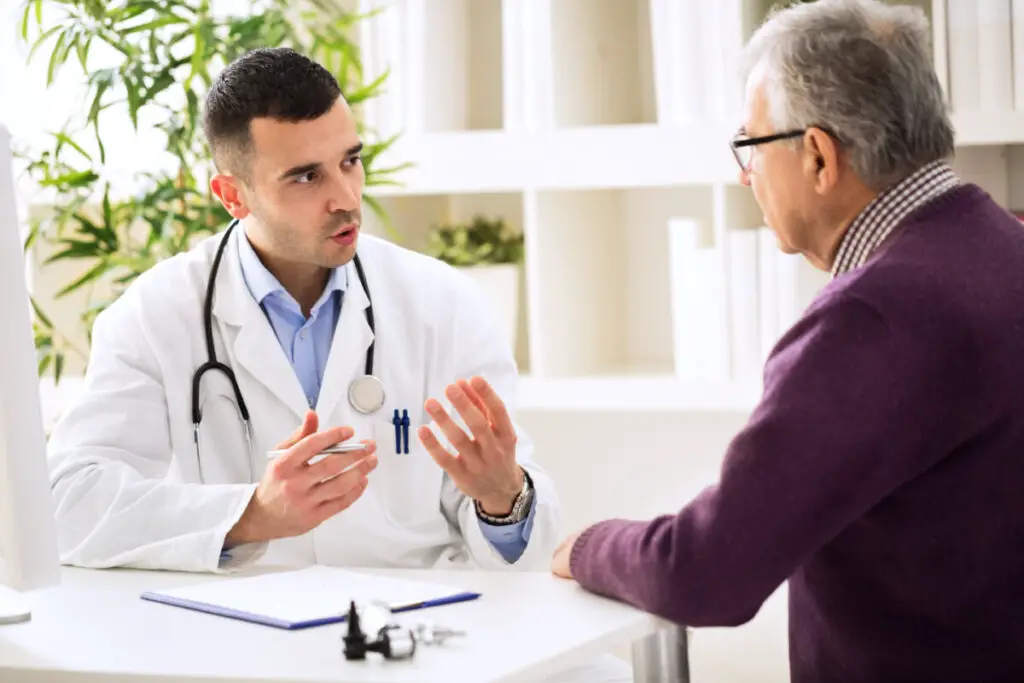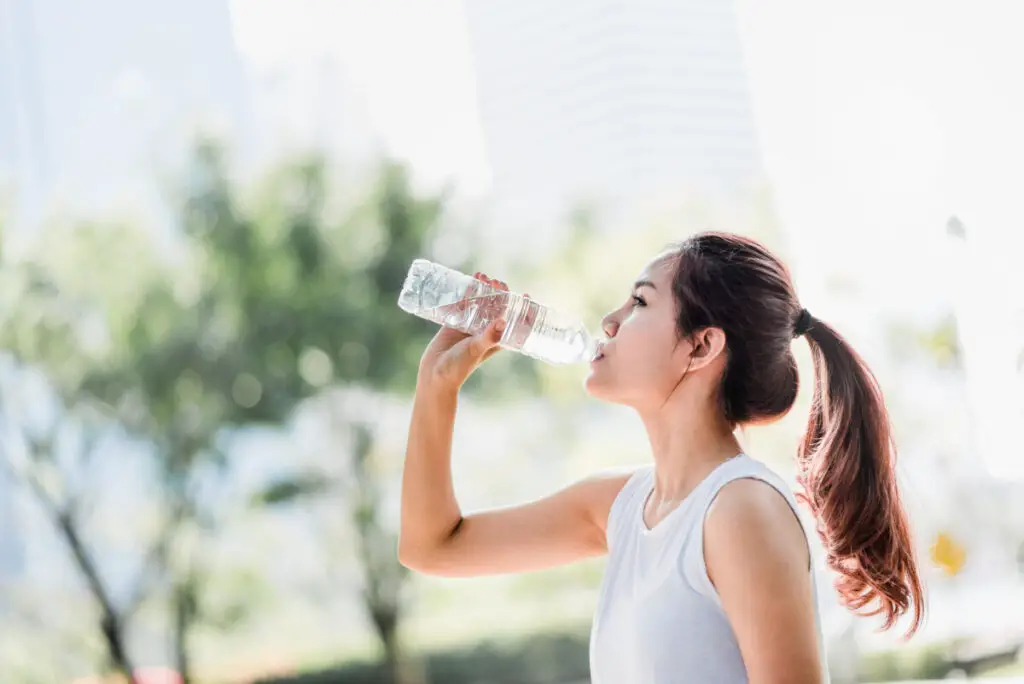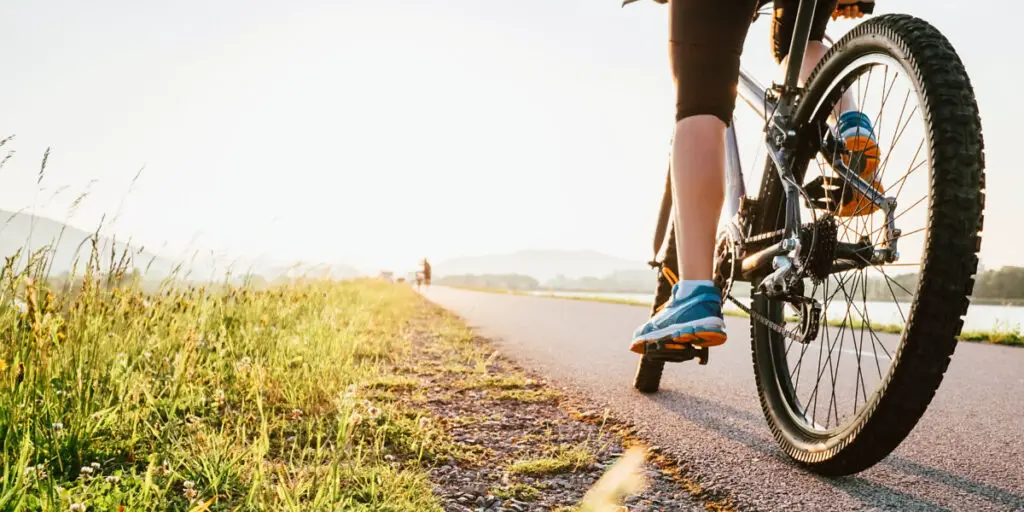During any physical sport or activity, thoroughly caring for and protecting your body is important and should be every athlete’s top priority. When cycling or riding a bike, the seats can become very uncomfortable, or even painful after riding for a long time. Because of this, some may worry that this sport could possibly cause hemorrhoids in the future, or could be the root cause of existing ones.
There is no proof of a direct link between hemorrhoids and bicycling. However, if you have any pre-existing hemorrhoids, it is suggested to stop cycling until they have thoroughly healed. Hemorrhoids are usually caused by pregnancy, obesity, or strained bowel movements. They are treatable.
If you are a cyclist and have had hemorrhoids, whether you just had them once or get them regularly, you don’t have to give up on this sport or hobby to stay healthy since the two are not directly connected! However, it’s still important to understand what might be causing them and how to prevent them in the future so you can feel great and keep riding!
What is a Hemorrhoid?
There are three different kinds of hemorrhoids that can occur: internal, external, and thrombosed.
Internal hemorrhoids happen inside the rectum, which is the very end of the digestive system and holds waste. Through many possible causes, veins in the rectum can swell or bulge. Those with this kind of hemorrhoid sometimes experience some pain or discomfort, but usually don’t even notice it until they spot blood in their stool when using the toilet.
Sometimes internal hemorrhoids can worsen from straining during bowel movements. This can cause internal hemorrhoids to push out of the anus and become an uncomfortable and visible external hemorrhoid.
An external hemorrhoid is just what it sounds like; swelling or bulging of the veins around or in the anus. Most people will feel discomfort or irritation around this area and may experience some bleeding, pain, or itching as well. It’s important not to do anything that may worsen, disrupt, or agitate the healing process of external hemorrhoids.
A thrombosed hemorrhoid happens when blood collects and forms into a clot inside the existing hemorrhoid, either internal or external. An internal thrombosed hemorrhoid may be harder to detect, but can result in more bleeding since the vein is more swollen and therefore easier to break.
An external thrombosed hemorrhoid will feel like a swollen, hard lump around the anus, will feel very painful, and can also break and bleed. In either case, you need to monitor any bleeding that may occur. If you experience greater blood loss, or if the bleeding doesn’t stop after a few days, go see a doctor and if necessary, go to the emergency room.

Causes of Hemorrhoids
Although many people don’t talk about it, hemorrhoids are actually quite common in adults. Seniors tend to get them more than others because the anal tissue and muscles can weaken over time, making it harder to pass bowel movements comfortably. Sometimes hemorrhoids happen for unknown reasons, but there are a few more common reasons they can occur.
Hemorrhoids usually occur from anything that puts too much pressure on the veins in and around the rectum and anus. A few, but not all, of the more common causes of hemorrhoids, are: straining or pushing too hard while on the toilet, sitting on the toilet for too long, pregnancy or childbirth, obesity, a low-fiber diet, heavy weight lifting, constant diarrhea, and more commonly, constipation.
Be sure to read our article on constipation and cycling!
Treatment Options
If you get or have hemorrhoids, don’t worry just yet. Most hemorrhoids will go away and heal on their own. You can aid the healing process by drinking more water and adding more fiber into your diet to prevent more straining and make for easier and smoother bowel movements.
You should also be sure to not do anything that may agitate the hemorrhoid during the healing process such as activities that are too rigorous or intense, and sitting for too long in chairs, in the car, and especially on the toilet. In the meantime, to soothe the discomfort or pain you may be experiencing, you can use an ice pack to help reduce the inflammation and swelling.
You can also try sitting in a warm bath for as long as you would like. Heat and cold can both help. If you are careful and just take things easy while eating the right foods, your hemorrhoids will often go away within a few days or weeks.
If you bleed when using the restroom or if your hemorrhoids don’t improve or heal after about a week, go see your doctor. They will be able to determine how serious the condition is and how to treat it. They can prescribe you with suppository medicines or creams to heal the area more fully. If you get hemorrhoids regularly or more than once, be sure to tell your doctor so they can figure out what’s causing it and how to prevent it.

Prevention
It is better to prevent hemorrhoids rather than try to chase them away. For the average person, the most common reason hemorrhoids occur is due to a lack of fiber in their diet, which makes it harder to pass bowel movements. You shouldn’t have to strain or push too hard when using the toilet. If you usually do, you need to take a look at your diet and health choices.
Fibrous Foods
Eating plenty of high-fiber foods, such as whole grains, vegetables, fruits, nuts, and legumes can make a big difference in your bowel movements and overall internal health. The average male at or under fifty years old needs around 38 grams of fiber each day, while the average female at or under fifty years old needs about 25 grams of fiber each day. The average male over the age of fifty needs about 30 grams of fiber each day, while the average female over the age of fifty needs around 21 grams of fiber daily.
Fiber Supplements
It can sometimes be difficult to fit the recommended amount of fiber into your daily meals. If this is your situation, you may want to talk to your doctor and discuss taking fiber supplements such as Metamucil or Citrucel. If you are taking in the right amount of fiber and find you are still constipated, you could look into using gentle stool softeners regularly (if this has been approved by your doctor).
These stool softeners come in many different forms such as powder, liquid, tablet, and capsule, so you can pick the method you prefer and that will work best for you. Whatever method you choose, the way they work is pretty much the same. They take the water in the body and bring it into the stool which helps soften and moisten it, making it easier to pass.
Other Digestive Issues
If you have other digestive issues such as bloating, sensitivity, or discomfort, you may have other issues that can be treated. Speak with your doctor and describe how you are feeling. They can find out if you have any allergies, or they might come up with a diagnosis that could help make sense of your body’s needs and reactions. They can then prescribe you treatments or medicines that can fix, or at least reduce the problem. An overall healthy digestive system is important and can help in other areas of your health.
Water

Drinking enough water is essential for all your health concerns and it is a simple, easy option to help ease constipation, diarrhea, or digestive discomfort. Everyone has their own opinion on how much water each person ought to be drinking.
The average adult male is recommended to drink about 15-16 cups or 3.7 liters of water a day. The average adult female is recommended to drink about 11-15 cups or 2.7 liters of water each day. Some people tend to use the typical 8×8 rule where you drink eight 8 ounce glasses every day, making a total of almost two liters, or half a gallon.
If you want to drink even more, you could aim to drink the same amount of ounces as your body weight in pounds. For example, if you weigh 160 pounds, you could drink 160 ounces of water each day. Whatever method you prefer to use, the goal is to just make sure you’re getting enough water intake to boost your health and help your body operate the way it needs to.
Exercise
Not many people think about it, but exercising regularly can make a big difference in your digestive health. For starters, it will help you maintain a healthy weight for your body, which will prevent obesity which can cause hemorrhoids and other health issues. It also helps move everything through your system, helping to flush out toxins and waste, while also making room for incoming food to go through the cycle.
Just Go
Next, don’t postpone using the restroom when you feel the need to go. Stool can dry and harden the longer it has to wait to come out. Sometimes, the longer you hold everything in, the harder it will be to go. When you feel the urge, go as soon as you can. This not only will make for an easier, smoother bowel movement, but it will also prevent excess gas buildup and discomfort from sitting there too long. When you’ve gotta go, you’ve gotta go!
Don’t Push It
Lastly, when you use the restroom, it’s okay to push a little, but don’t strain. As previously mentioned, you shouldn’t have to push too hard. Straining will cause added pressure on your veins and could cause more hemorrhoids. Just relax!
Comfortable Cycling Gear
Now that you know all about how to identify, treat, and prevent hemorrhoids, and also know that bicycling is not a direct cause of them, let’s look at how to make your bike riding experience more comfortable in general.
You first need to understand the right size and kind of bike for you and your body type or measurements. This will help you move properly while riding, and it will aid in keeping you comfortable, especially when taking longer trips.
One of the methods of measuring for the right bike frame size is to measure your leg inseam (length of the crotch to ankle) in centimeters. Next, multiply that by a decimal according to the type of bike you are looking to purchase. For a city bike, multiply your inseam by 0.685 and that will equal your frame size (ex: Inseam 30cm x 0.685 = 20). For a road bike, multiply your inseam by 0.7 (ex: Inseam 30cm x 0.7 = 21). For a mountain bike, multiply your inseam by 0.66 (ex: Inseam 30cm x 0.66 = 19).
Another thing bikers can do to have a more comfortable cycling experience is to purchase the right seat that feels most comfortable. Everyone’s body type is different, and everyone has their own personal preferences when choosing their gear. There are many kinds of seat sizes, shapes, and padding.
Men and women usually have different needs in their seats in order to sit more comfortably. Some seats are just a simple, solid, flat shape. These might work better for women. Men usually do better on seats with a groove or hole towards the front of the seat. Some people might need or prefer a bigger, wider seat that can make it easier to relax when sitting. Others might need more memory foam padding to prevent soreness while riding. Whatever your preferences may be, don’t be afraid to ask an expert and test everything out before buying.
There are additional gear options bikers may purchase, such as padded bike shorts. These can be very useful for those longer bike rides. They give additional comfort and softness for the more sensitive areas of the body so the rider can bike for longer periods with less pain from sitting.
They also provide more support when sitting in the cycling position so they can perform better in that position. These, as well as other additional gear, help make bicycling less of a pain in the butt!
Be sure to read my article on cycling with back pain!
My Recommended Gear for Year-Round Cycling on a Budget
It took me years of trial and error to figure out the best and most affordable setup for my daily bike commuting. I would only recommend the gear that is good quality for a good price. Here’s my full year-round gear recommendation guide.
Want to know how much your cycling gear should cost? Check out my guide with different budget options here.
Ride on!

